Introduction
Before we dive in, quick heads up. If you find my tips helpful—and click any of the links—it actually helps support this blog. Don’t worry, costs you nothing. Yup, zero extra. But it keeps my travel stories alive. Honestly, it’s kinda cool knowing you’re helping me keep these adventures coming. So, thanks. Really.
In the fall, Nikko, which is tucked away in the mountains of Tochigi Prefecture, becomes a colorful masterpiece. This historic town attracts nature enthusiasts and photographers who want to capture Nikko autumn splendor as October turns into November.


The famous Irohazaka Winding Road, where the scenery explodes with fiery shades of red, orange, and yellow, is where the journey starts. In addition to providing an exciting drive, these hairpin bends offer stunning, sweeping views of the thick forest canopy below.
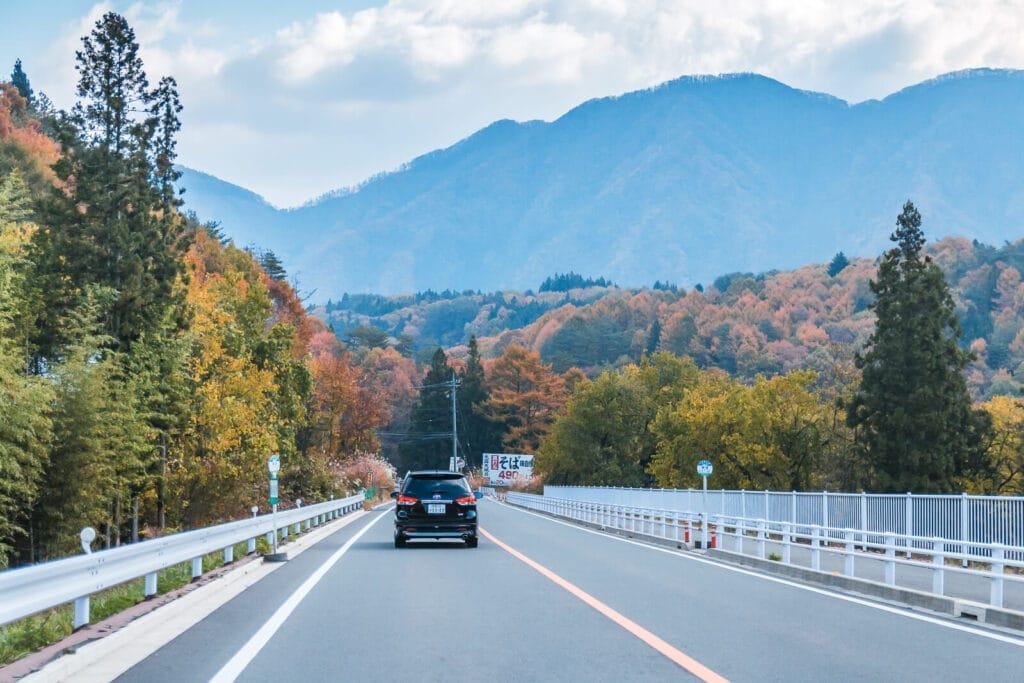
Every turn seems to be an invitation to stop and take in the utter beauty of the color palette found in nature. A jewel in Nikkos crown is Lake Chuzenji, which is situated at the base of Mount Nantai. The scene appears almost unreal as the vibrant autumn leaves are reflected on the lake’s mirror-like surface.
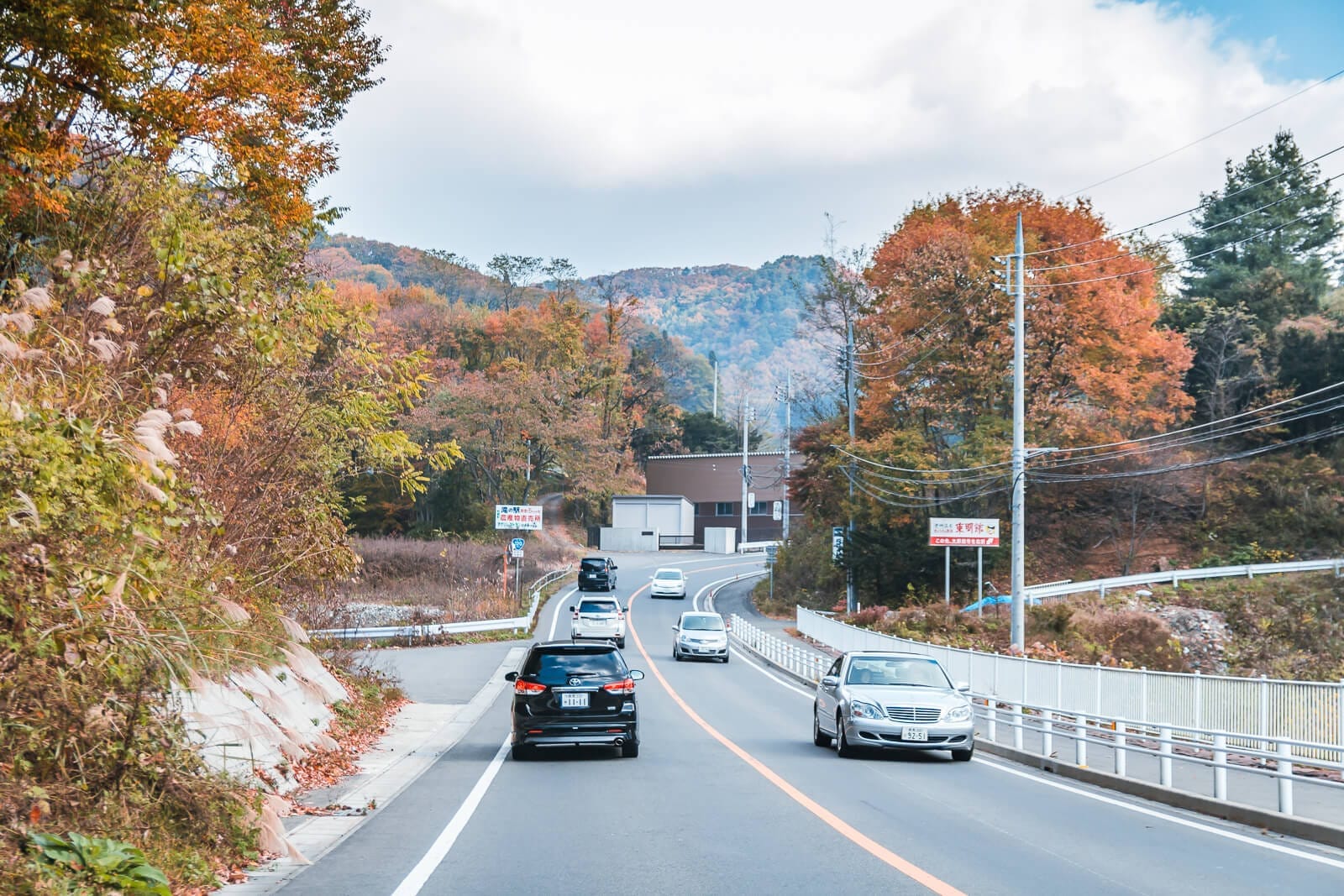


One of the most well-known waterfalls in Japan, Kegon Falls, is close by and tumbling with breathtaking beauty against the warm season’s backdrop. It’s breathtaking to see the cool mist contrasted with the flaming foliage.

Delving further, the historic temples and shrines of Nikko, like the Toshogu Shrine, are enchanting in the fall. These UNESCO World Heritage Sites are surrounded by crimson maples and golden ginkgo trees, which produce a beautiful contrast between history and nature.
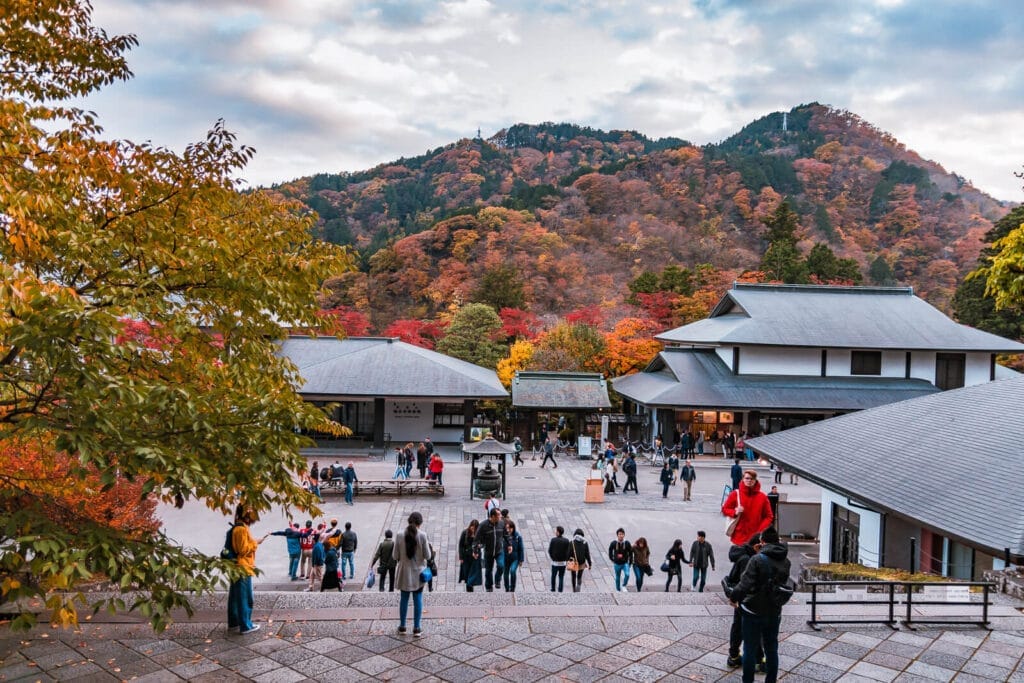


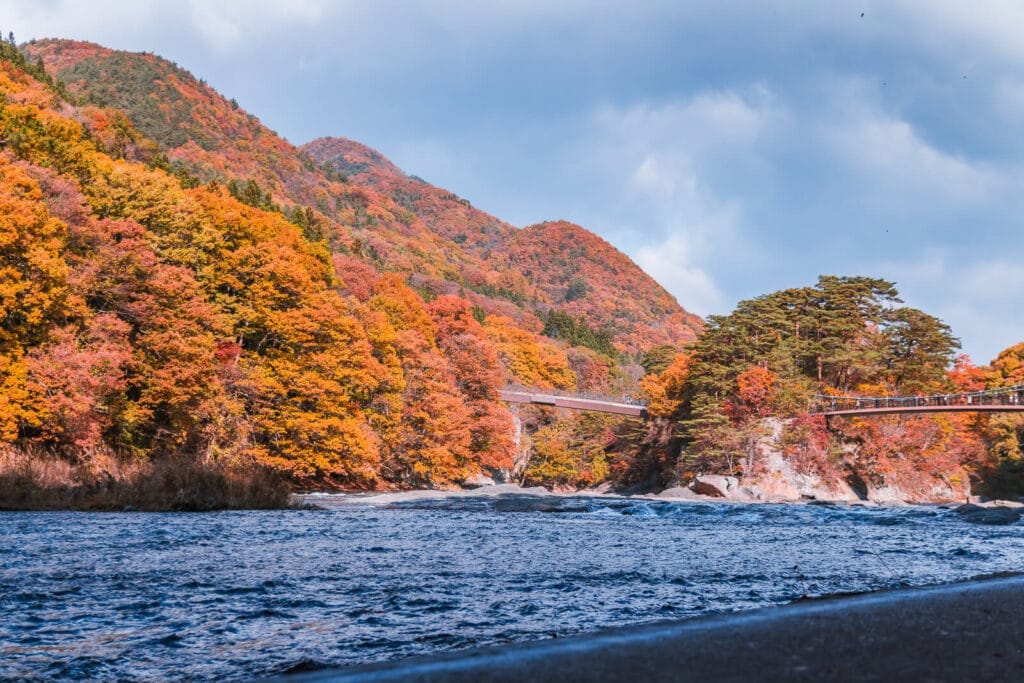

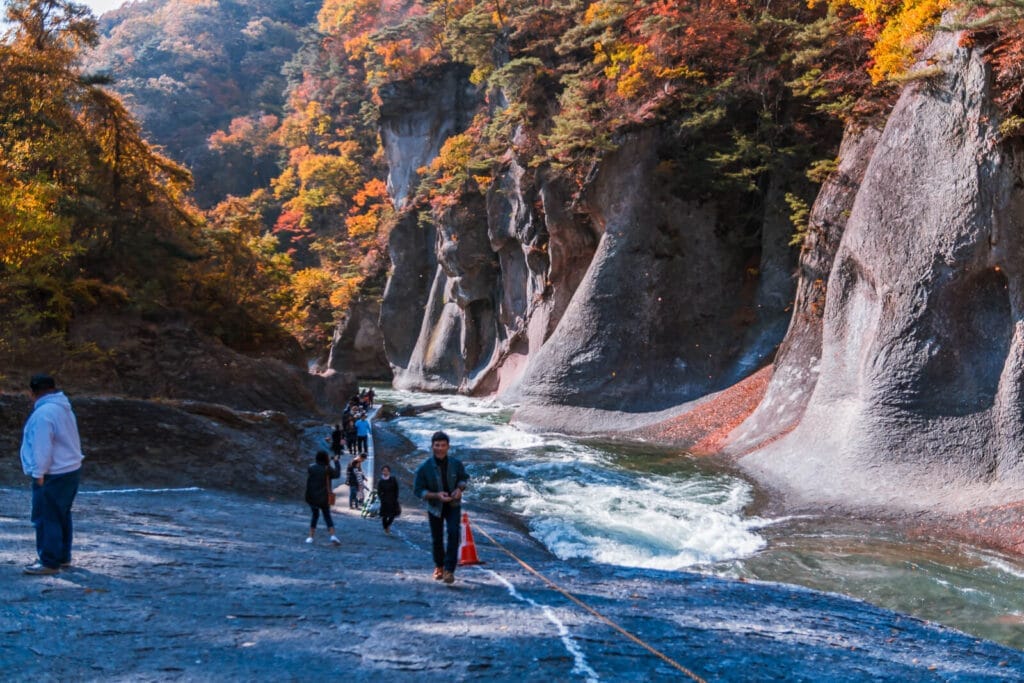
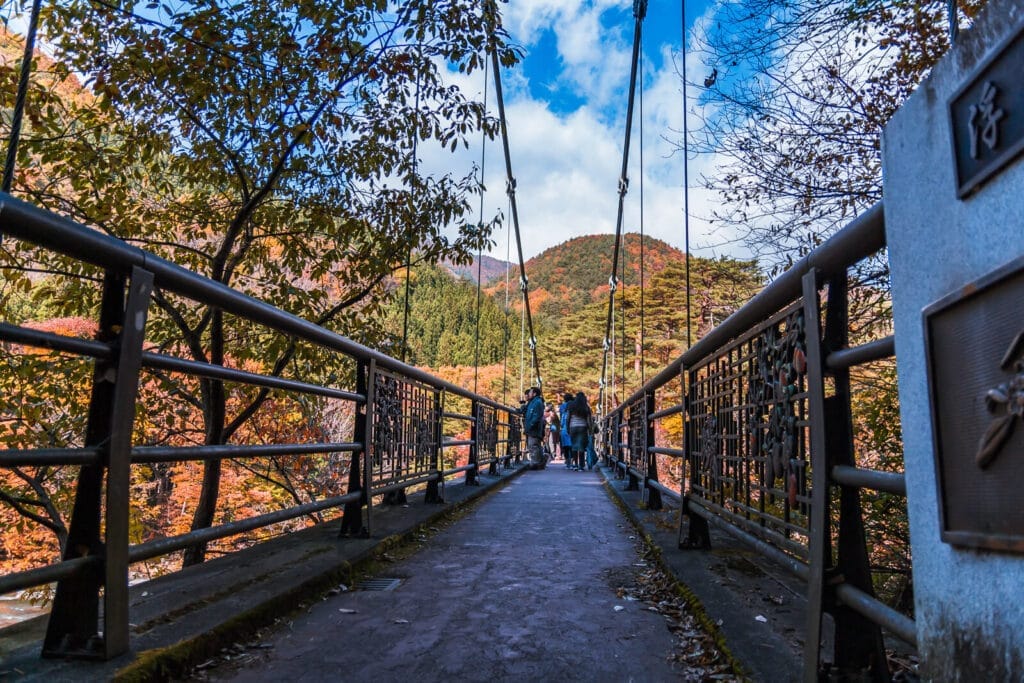

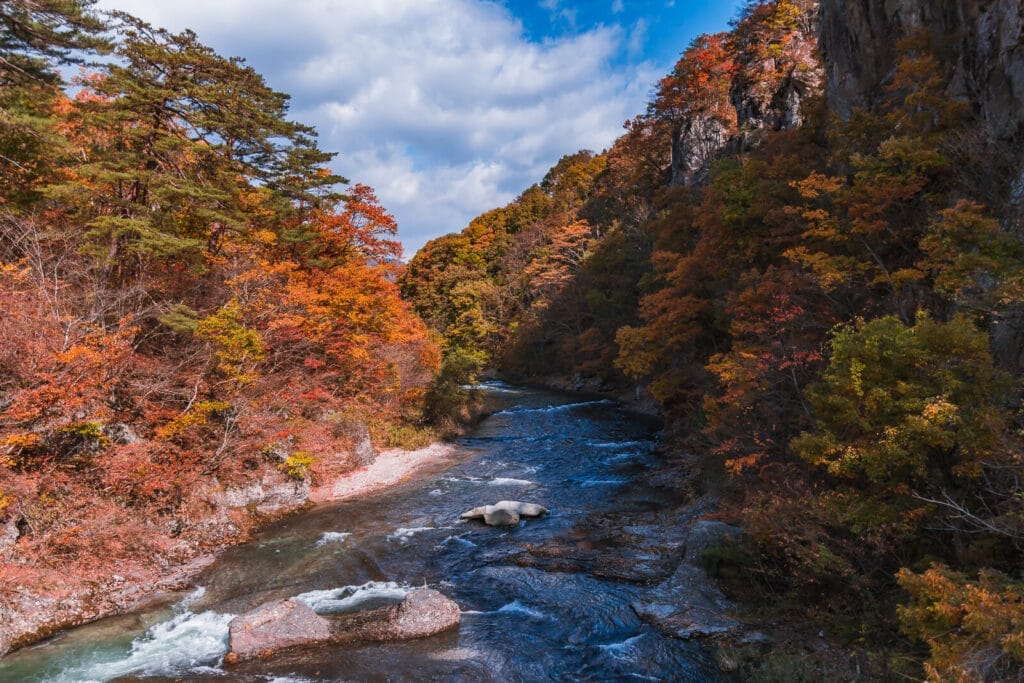
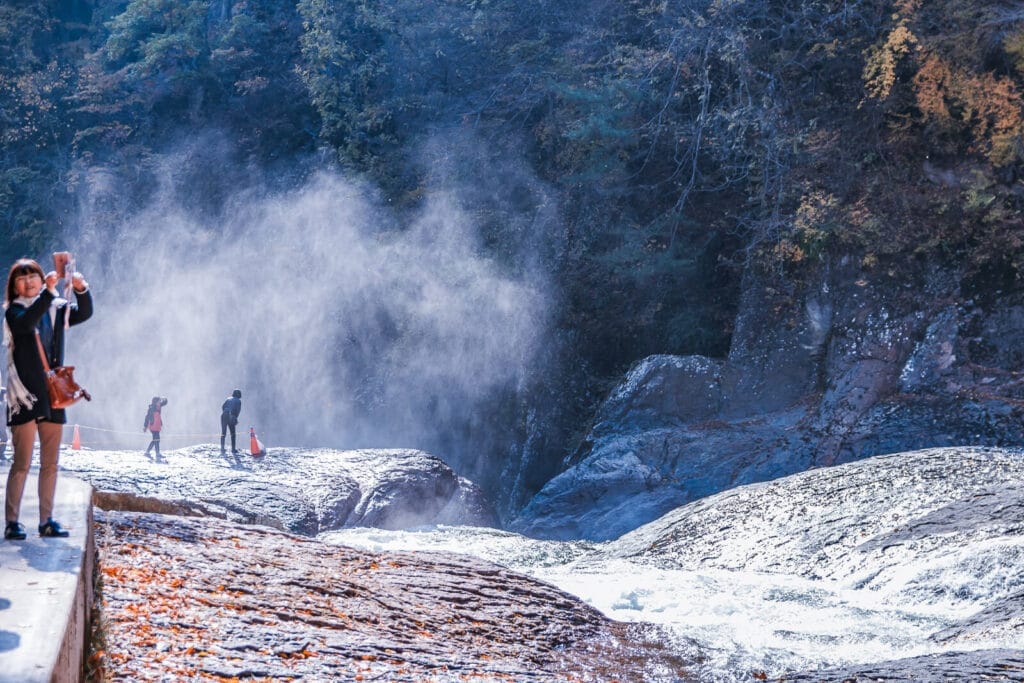
A walk through the Kanmangafuchi Abyss, which is dotted with Jizo statues, provides peaceful moments amidst the splendor of autumn for those seeking peace. As visitors take in the tranquil atmosphere, they are accompanied by the soft sound of the Daiya River.
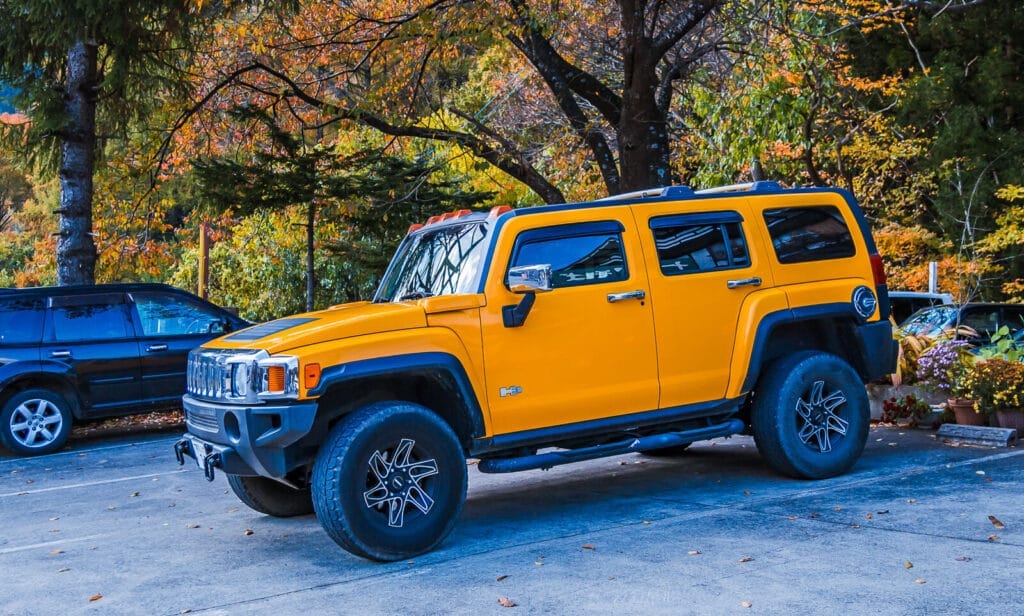
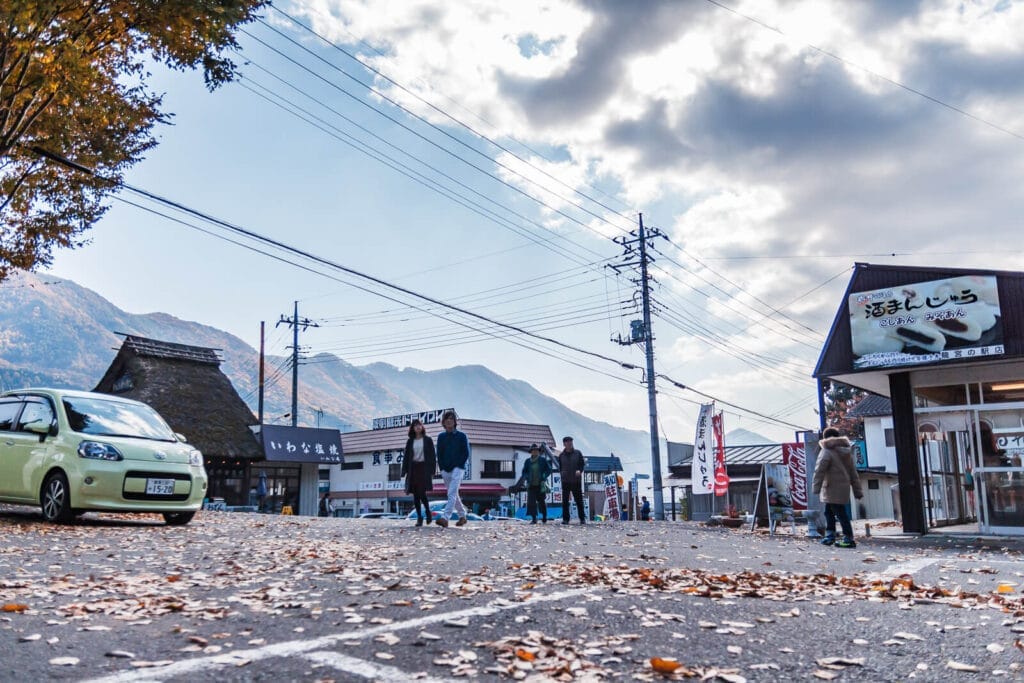
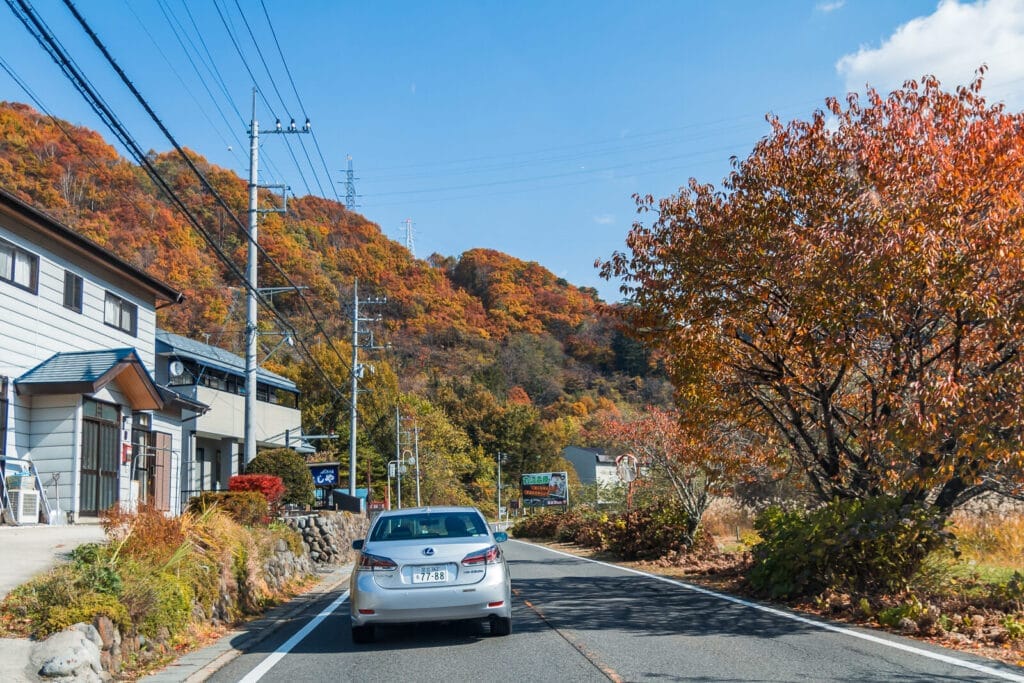
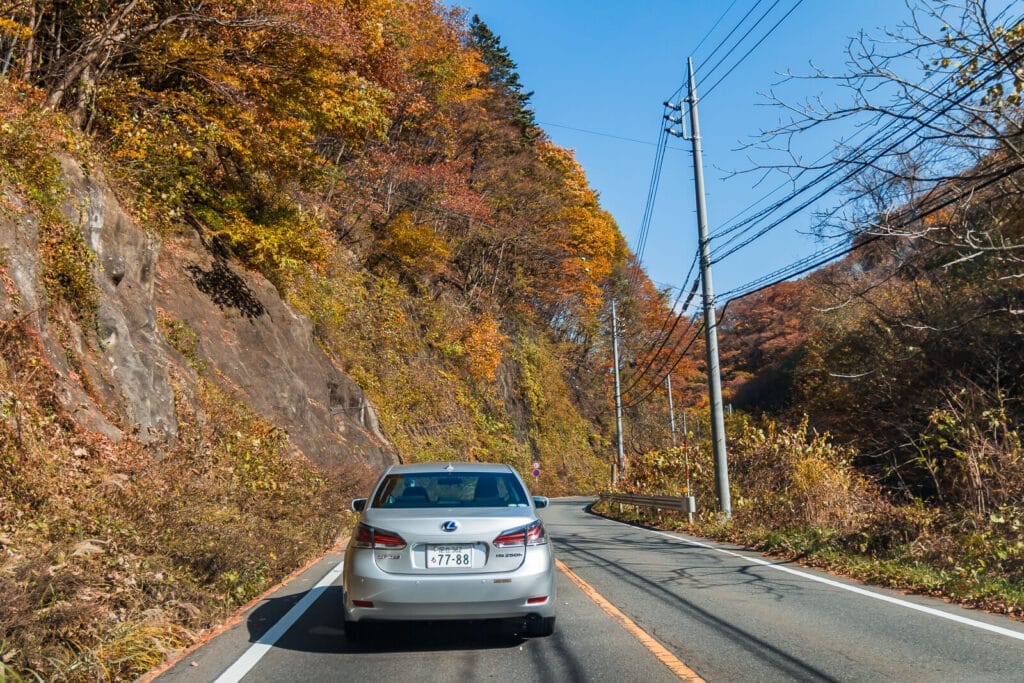





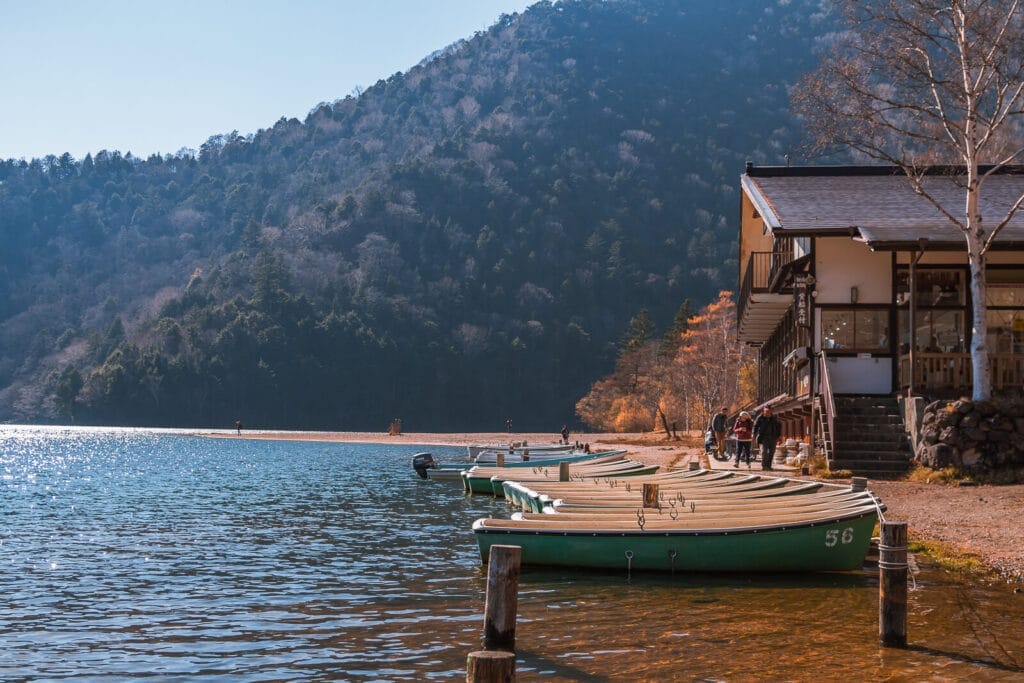
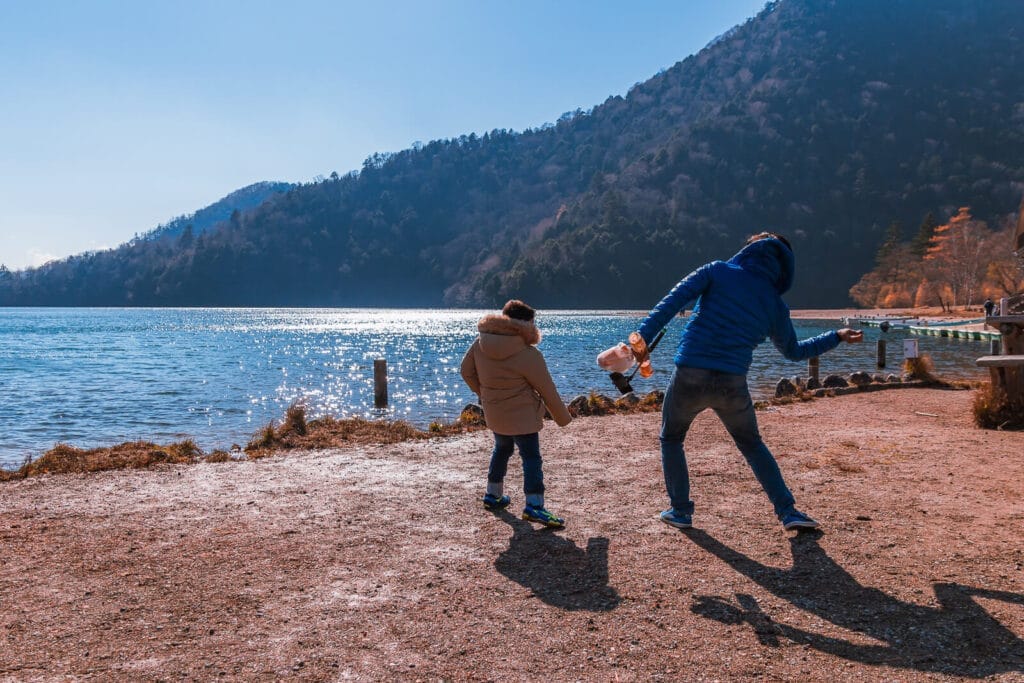
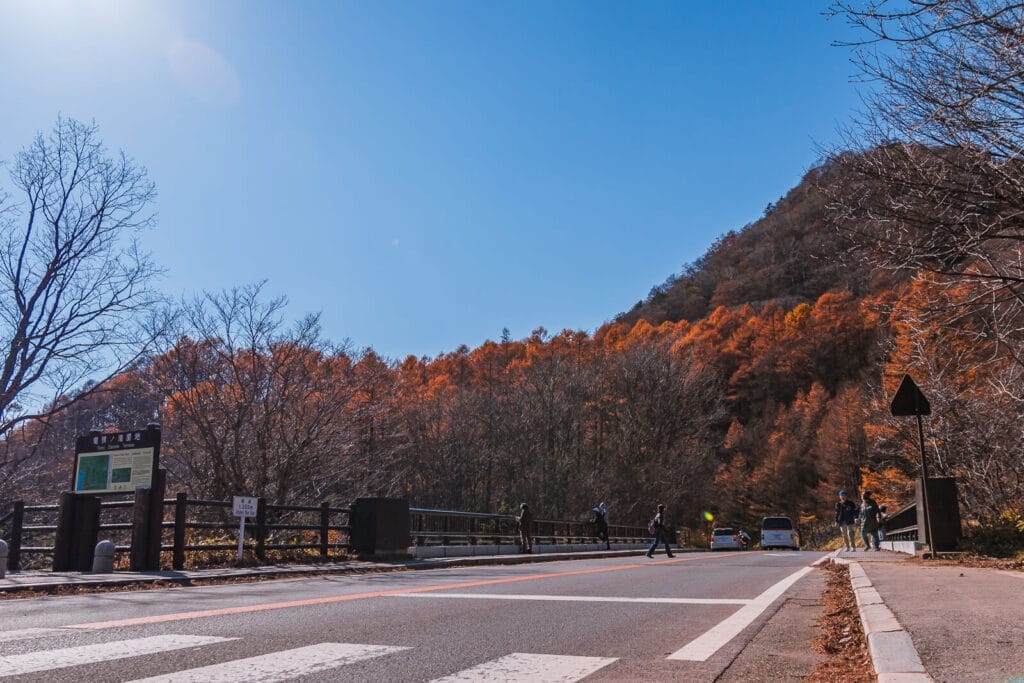
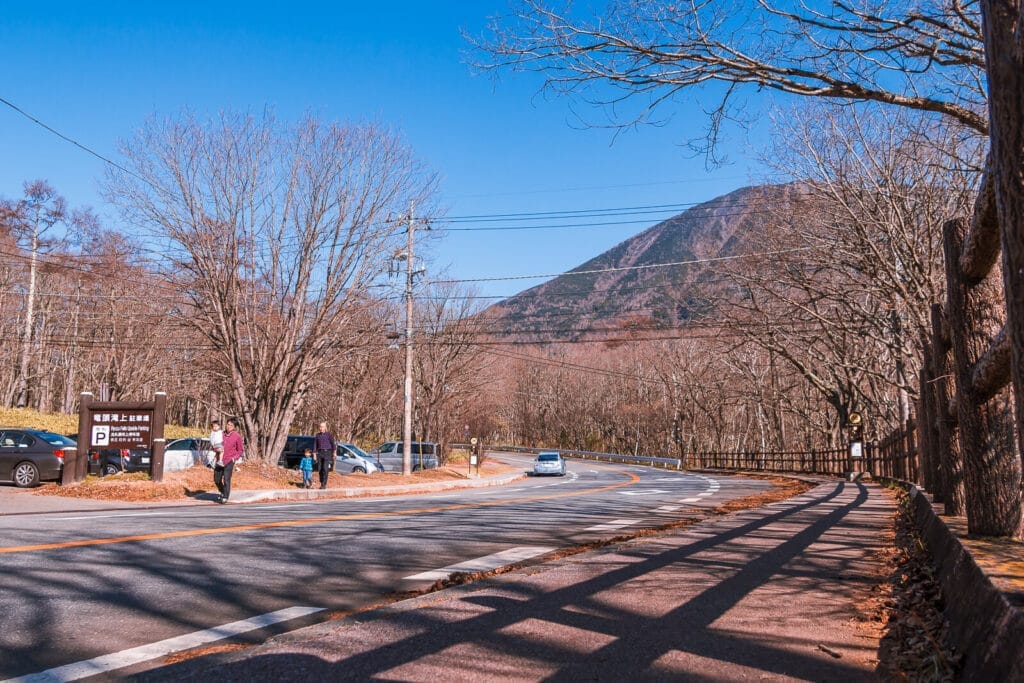
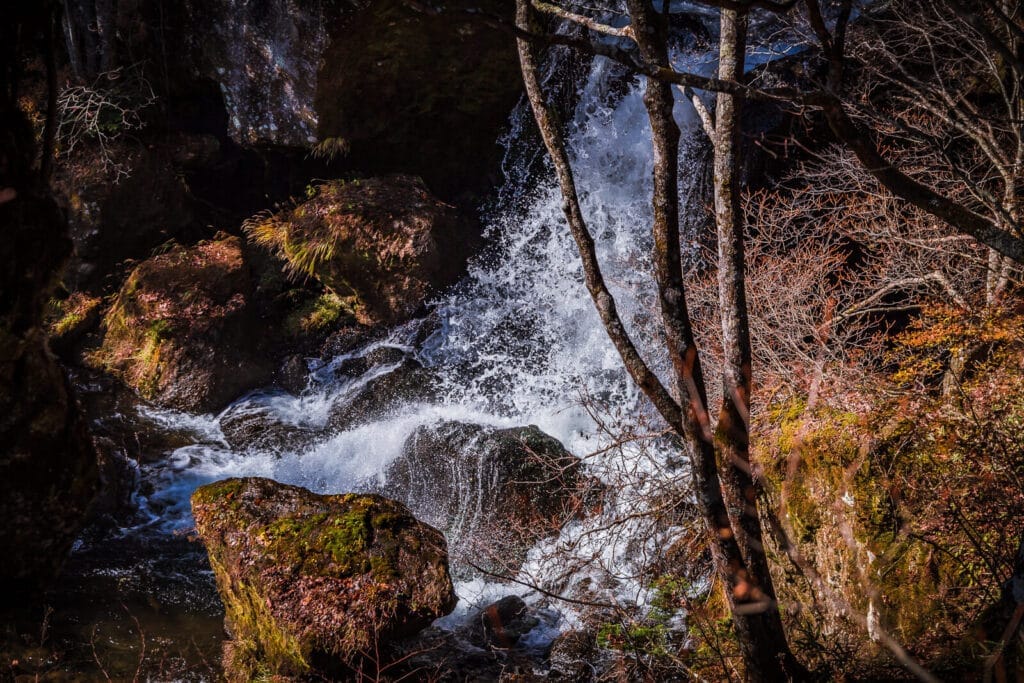
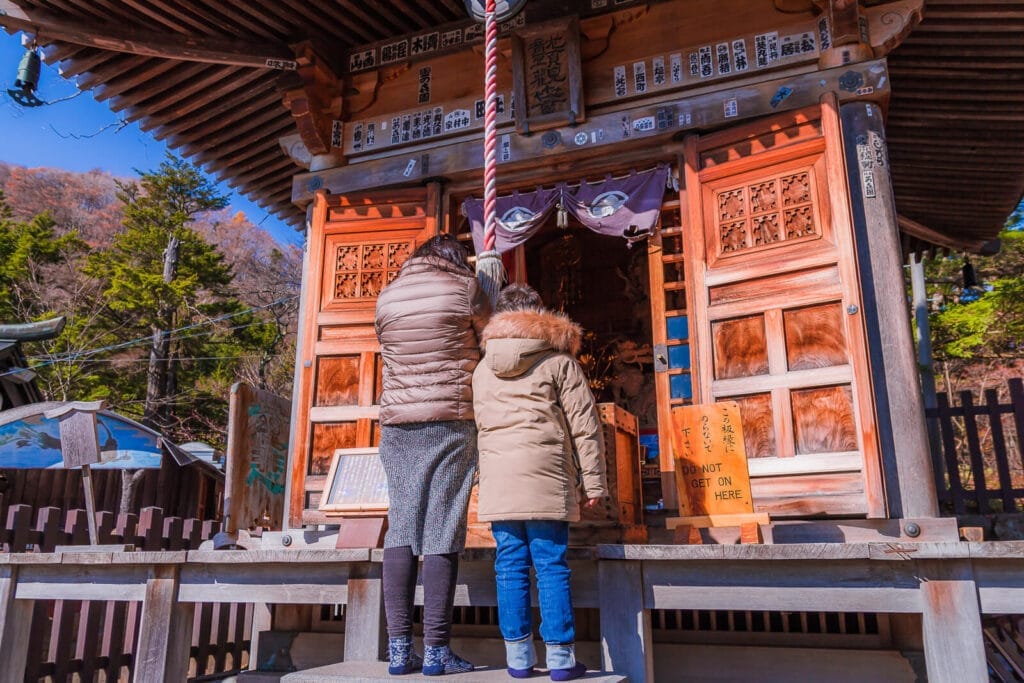
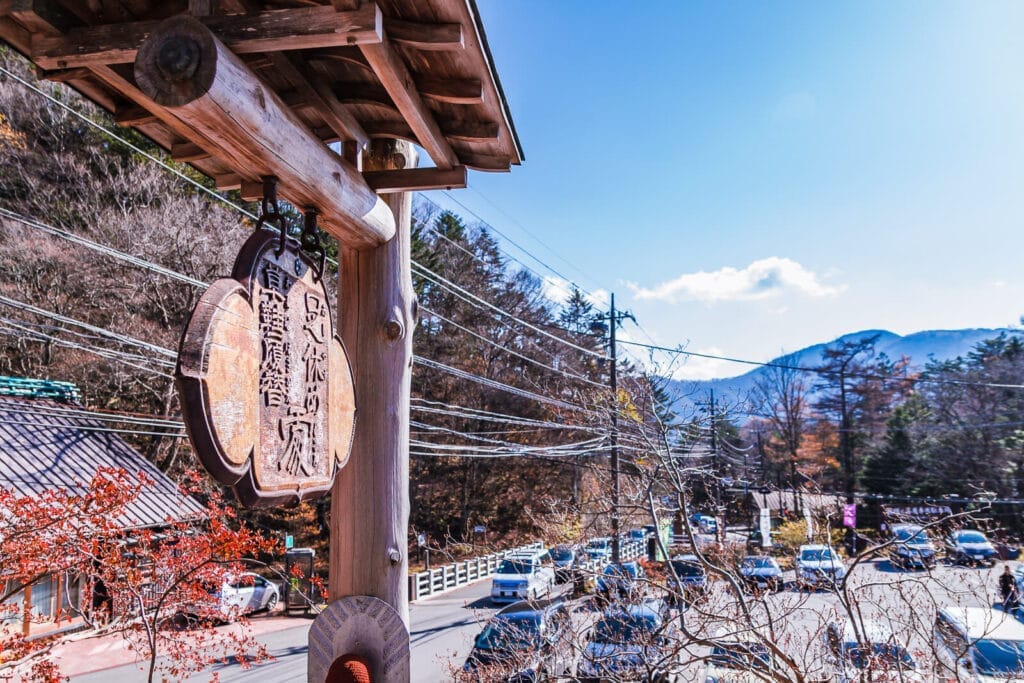

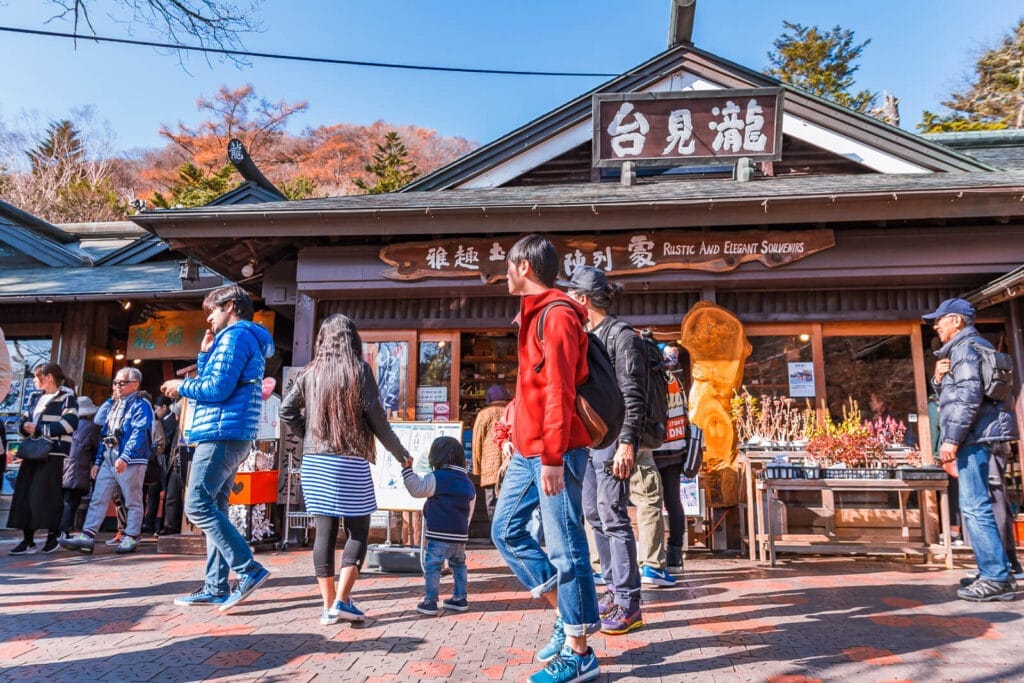
Nikko in the fall is an experience that evokes the spirit in addition to being a visual feast. For lovers of fall, this charming town is a destination they won’t soon forget because every corner reveals a tale of ephemeral beauty.
When Is Nikkos Best Time to See the Fall Leaves?
Because Nikko’s elevation varies so much, there are different locations with different best times to see the fall foliage. The fall foliage season typically peaks between late October and early November.
Here is a summary:
Early October at high elevations in Okunikko.
Chuzenji Lake: mid-October.
Late October in the vicinity of Irohazaka Winding Road.
Early to mid-November in the town of Nikko and at Toshogu Shrine.
In Nikko, where can I see autumn leaves?
There are a number of charming spots in Nikko to see the fall foliage.
–Toshogu Shrine: renowned for its vivid foliage that accentuates the elaborate architecture of the shrine.
–Lake Chuzenji: Offers a peaceful environment with the lake reflecting the colors of autumn. A sizable region with a variety of fall colors is the Senjogahara Marshland.
–Ryuzu Waterfall: Provides a stunning autumnal background.
–Nikko National Park: Contains a number of locations such as Mt. Nantai. A variety of fall scenery can be found at Mt. Nantai, Lake Chuzenji and Kegon Falls.
–The Okunikako Region, which includes the vicinity of Mount Okunika, is renowned for its early and vivid fall foliage. The marshes of Senjogahara and Nantai.
How Can I Go to Nikko?
By train or bus Nikko is about two hours from Tokyo. The JR Nikko Line connects Nikko Station to Shinjuku or Ueno stations in Tokyo.
What Kind of Weather Does Nikko Experience in the Fall?
The weather in Nikko is drier and cooler in the fall. From mid-October to November, temperatures gradually decrease, which makes them perfect for outdoor activities. Layering is advised because daytime and nighttime temperatures can differ greatly.
Are There Any Tips or Special Passes for Going to Nikko?
For non-Japanese passport holders, the Nikko All Area Pass can be useful for transportation and access to a variety of attractions in Nikko. In order to maximize your day trip or stay and avoid crowds, think about getting up early.
How Do the Weather Conditions Impact the Fall Foliage?
Temperatures above normal may postpone the arrival of fall foliage. Because of the warmer temperatures earlier in the year, for instance, the colors in Nikko were about 1-2 weeks behind their usual pace in 2024. Cooler weather, however, has the potential to rapidly intensify the colors.
More from Airashi Japan
Navigating Tokyo Transportation efficiently
Tokyo Shibuya Crossing: The World’s Busiest Intersection
Japanese Temples: Senso-ji and Nakamise Shopping Street
Exploring Tokyo: Unveiling Top Attractions and Hidden Gems
Kichijoji: Unveiling the Charm of Tokyo’s Hidden Gem
Yanaka: Old-World Charm and Quaint Streets
The Mystical Allure of the Torii Gate: A Gateway to Japanese Culture
Meiji Shrine: Journeying Through Tokyo’s Meiji Shrine
Exploring the Heart of Tokyo: Shinjuku
Tokyo Tower: Panoramic City Views
Omoide Yokocho: Tokyo’s Nostalgic Alley of Memories
Akihabara Electric Town : Tech and Anime Haven
Roppongi Tokyo: Fusion Hub of Culture and Nightlife
Harajuku Japan: A trendsetter’s Heaven
Tokyo Autumn 2024: The Ultimate Guide to Experiencing Fall in Japan’s Capital

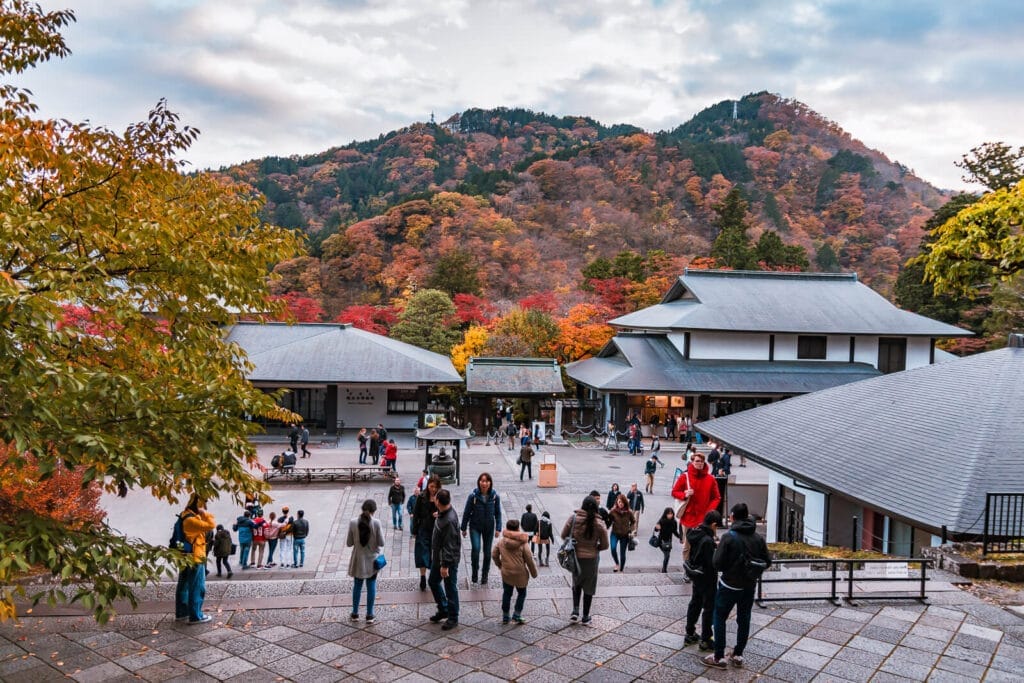




Pingback: Exploring Kagurazaka: A Tapestry of Tradition and Modernity in Tokyo - airashijapan.com
Pingback: Spring in Tokyo: Sakura Dreams at Shinjuku Gyoen - airashijapan.com
Pingback: Harajuku St: Where Tokyo Street Photography Comes Alive - airashijapan.com
Pingback: Best Places to See Autumn Foliage in Tokyo - airashijapan.com
Pingback: Yanaka: Old-World Charm and Quaint Streets - airashijapan.com